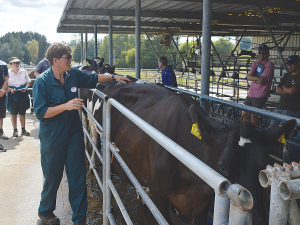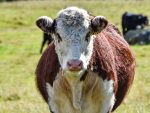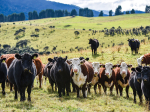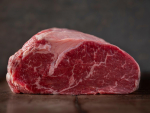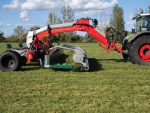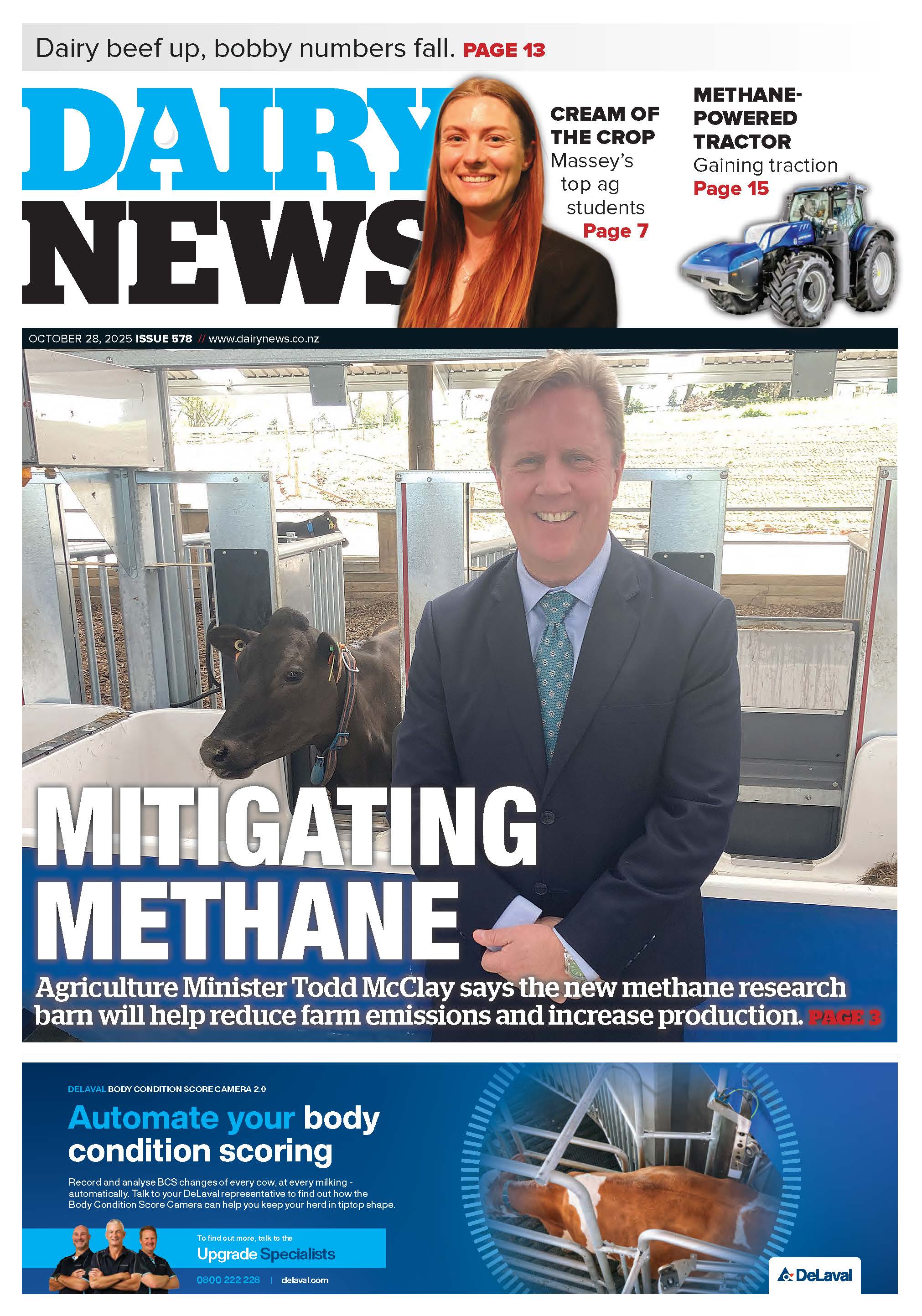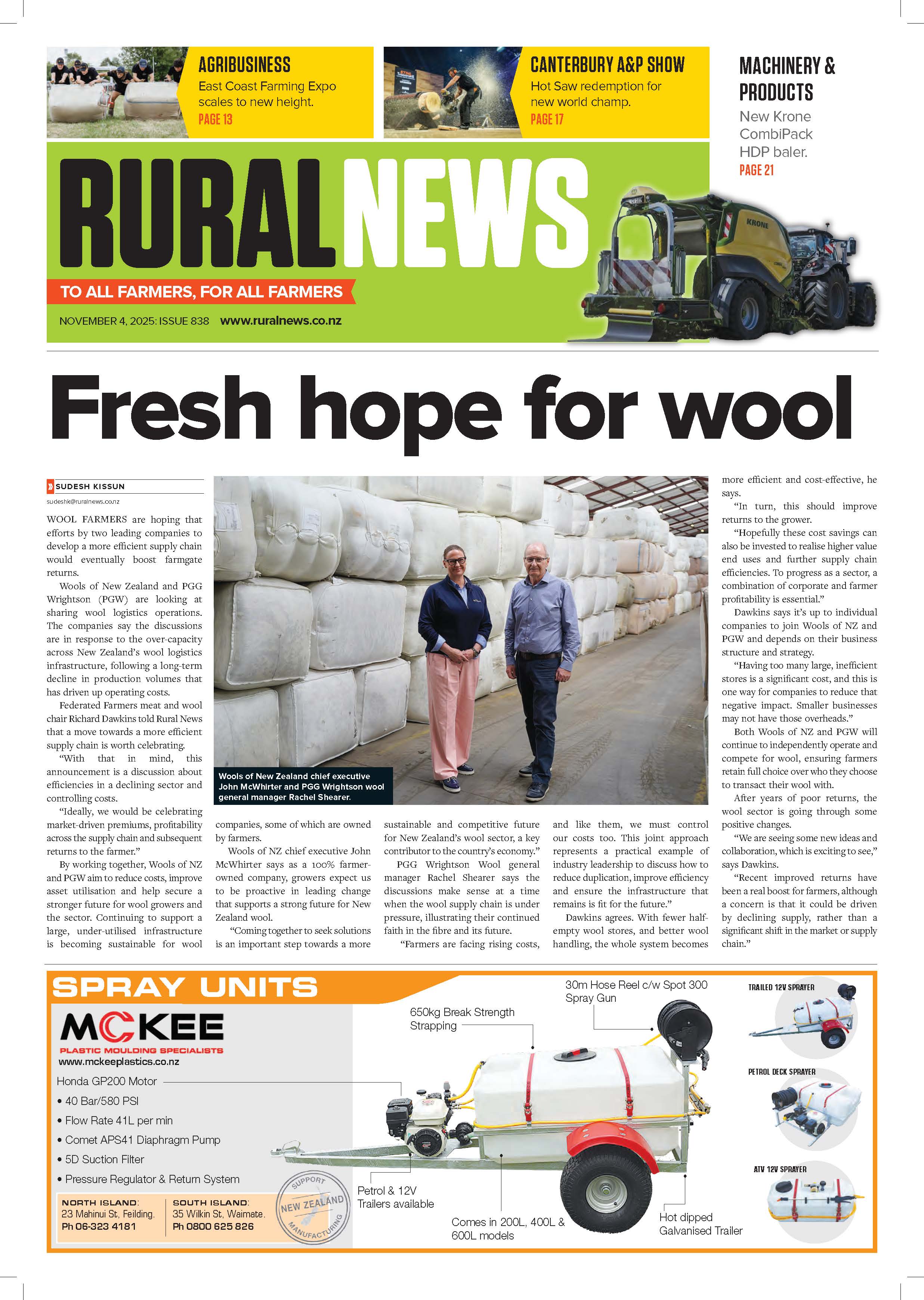Getting an average body condition score (BCS) of 5.0 across a herd before mating isn’t all that useful, says vet Danielle Hawkins, Vetora.
She says farmers should aim for a “nice tight spread” of BCS in the herd.
Speaking at a Smaller Milk and Supply Herds (SMASH) field day at Te Awamutu this month, Hawkins said a good average BCS can still be a problem.
“Because you may have an average score of 5.0 [you may feel] like a hero, but if there’s a whole group of cows [about] BCS 3.0 it is still a disaster.
“What you want is a nice tight spread, and a better target is to have no more than 15% of the cows being too light. This would be better than that an average score of 5.0; on average that’s the middle cow score so you would have half the mob below the score and the other half above and it’s not all that flash.
“So, no more than 15% under BCS 5.0 is a better thing to work on.”
About 70 farmers turned up at the SMASH field day at the Rogers Charitable Trust Farm.
The 52ha-effective farm milks 190 cows and hopes to produce 74,000kgMS this season. MS/cow this season is expected to top 389kg. Feed includes silage, palm kernel expeller and some home-grown chicory.
Farmers at the field day got a chance to assess the BCS of a group of cows from the herd. Hawkins told farmers they must look at the whole cow carefully to work out its BCS.
“Don’t just look at the ribs or the bums but scan the top of the cow and get a better average score,” she said.
She emphasised that the BCS among first or second calvers should be 5.5 as they are “low in the pecking order and most vulnerable”.
“Pretty much every dairy cow in this country will lose a condition score between calving and mating, no matter what you do,” she said.
“Even if you feed them more, you won’t stop that body condition score loss.”
What to look for
- Backbone: is it flat or is there a ridge? Can you see or easily feel notches?
- Long ribs: can you see or easily feel the ribs? If visible how many can you see?
- Short ribs: can you see the short ribs? What do they feel like? Are the rib ends sharp or rounded?
- Hip bones: are the hip bones rounded or angular?
- Rump: is the area between the pins and hip bones flat, sunken or hollow?
- Pin bones: are they pointed, ‘tap-like’ or rounded?
- Tailhead: is there a hollow between the tail head and pin bones? Is it a deep V or shallow U shape?
- Thigh: is the area indented, flat or rounded? Is the muscle structure defined?
Score 5.0 to 5.5
Calving cows and heifers with a body condition score (BCS) of 5.00 - 5.5 is important to optimise production and reproduction.
Animals calving with too high a BCS are prone to excessive loss of score after calving, with negative effects on health.
Conversely those too light are likely to have an extended non-cycling period and not achieve optimal production.
It is hard to measure the BCS of cows in the last month before calving, so animals should be set up in optimal BCS well before calving.
Most animals will lose some body condition after calving; the aim is to manage this loss to less than one unit.
Feed budgets should be set up and animals monitored regularly to ensure BCS losses are not excessive.
Excessive BCS loss results in mobilisation of excessive amounts of body fat, with potential negative effects on health and fertility.





